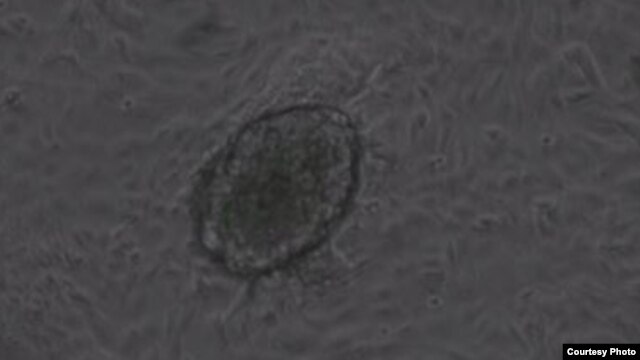
Of course, you have to go to Shanghai to try it. Story @ Giant Shanghai slide sparks fear and satire on Chinese internet - BBC News
Follow along with the video below to see how to install our site as a web app on your home screen.
Note: This feature may not be available in some browsers.


Three-quarters of cases of takotsubo cardiomyopathy, a change in the shape of the heart's left ventricle, which can be fatal, are caused by stress. The University Hospital Zurich study, in the European Heart Journal, suggests about one in 20 cases is caused by joy. The condition is normally temporary and people are generally fine afterwards. In the study of 1,750 patients, researchers discovered heart problems caused by:
a birthday party
a son's wedding
meeting a friend after 50 years
becoming a grandmother
a favourite rugby team winning a game
winning a casino jackpot
a computerised tomography (CT) scan giving the all-clear from another condition

The study also suggested most cases were in post-menopausal women. Dr Jelena Ghadri, one of the researchers, said: "We have shown that the triggers for takotsubo syndrome can be more varied than previously thought. "A takotsubo syndrome patient is no longer the classic 'broken-hearted' patient, and the disease can be preceded by positive emotions too. "Clinicians should be aware of this and also consider that patients who arrive in the emergency department with signs of heart attacks, such as chest pain and breathlessness, but after a happy event or emotion, could be suffering from takotsubo syndrome just as much as a similar patient presenting after a negative emotional event."
'More research needed'
She said it was likely both sad and happy events shared a common "emotional pathway" leading to the condition. Prof Peter Weissberg, the medical director of the British Heart Foundation, said: "Takotsubo syndrome is a rare event. "This study suggests that in a very few cases, the triggering event may be a happy one. "Much more research is needed to understand how such emotional events can trigger temporary heart damage in a few susceptible individuals."
Moments of joy 'can damage heart' - BBC News
Researchers at the Gladstone Institutes Center for Cell Biology and Medicine in San Francisco and in China have developed a chemical cocktail that can reprogram cells without genetic engineering. Their work lays the foundation for one day being able to regenerate lost or damaged cells with pharmaceutical drugs. Writing in the journals Science and Cell Stem Cell, investigators describe how a combination of chemicals can turn readily available skin cells into stem cells — master cells that have the potential to become any cell in the body.

A beating heart muscle cell that was created from a human skin cell using a cocktail of nine chemicals.
Sheng Ding is a regenerative medicine biologist at Gladstone Institute. He led the team of researchers that identified nine chemical compounds that reprogrammed skin cells into heart cells. Transplanted into a mouse heart, the cells developed into healthy heart muscle cells. "It's really the Holy Grail we've been working on now for decades," Ding said. A separate group of researchers used a similar chemical process to alter skin cells into neural cells, to repair brain damage caused by disease.
Growing heart cells
A heart attack leaves dead tissue in its wake. Once damaged, those heart muscle cells — called cardiomyocytes — have very little ability to renew themselves. But with their chemical cocktail, Ding's team was able to take mouse skin cells and transform them into beating heart cells. Previous work in tissue regeneration involved a laborious process of inserting specific genes into stem cells created from skin cells, then infusing the transformed cells into the body to create healthy tissue.
But now tissue repair could become a far simpler process, according to Ding. "There is now a possibility that we can provide patients [with] a pill that contains this small molecule cocktail that really stimulates or regenerates to repair cells," he said.
Chemical Cocktail Turns Skin Cells Into Beating Heart Cells